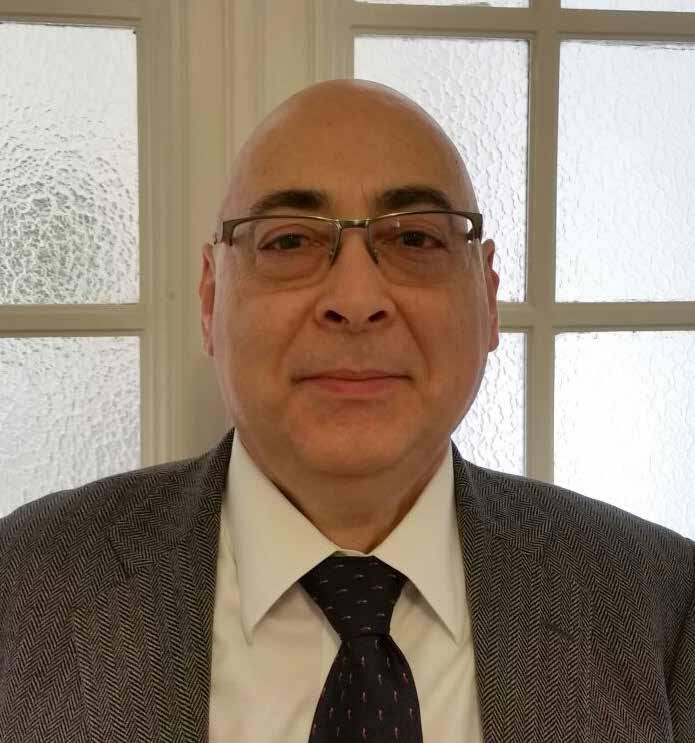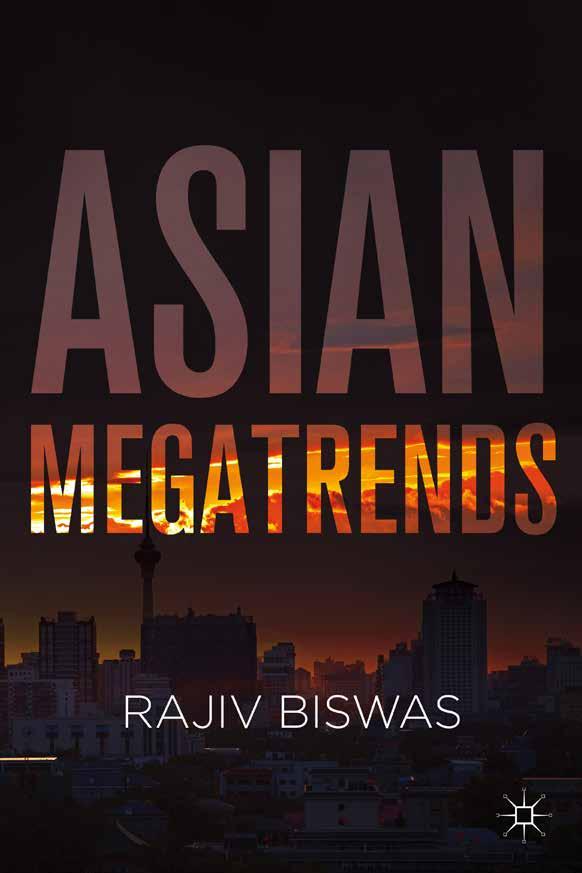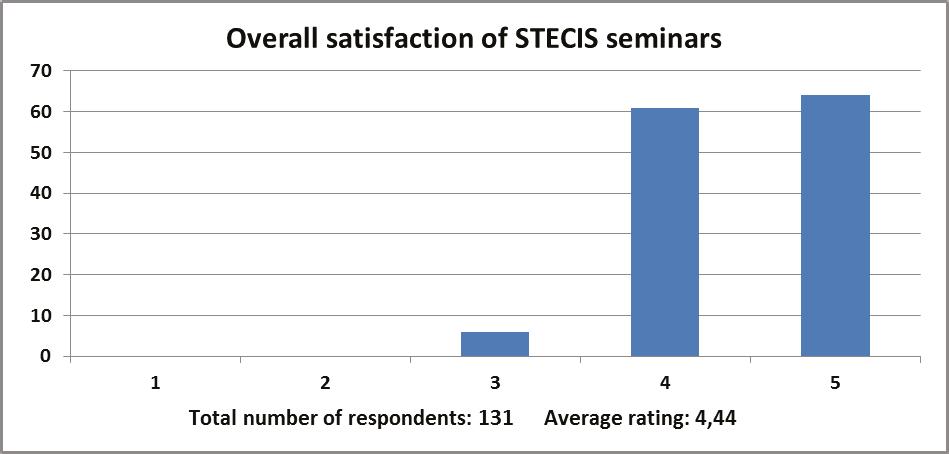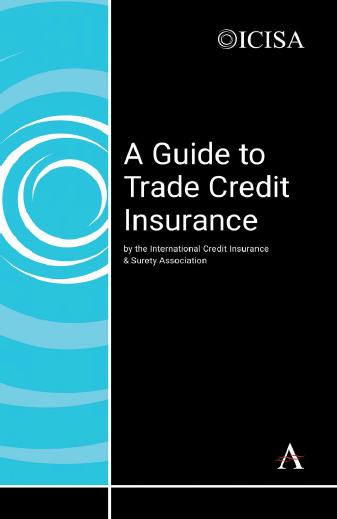
6 minute read
Interview Olivier David
Structured Credit and Political Risk market survey, a first picture at last!
Advertisement
Back in 2015 ICISA’s Single Risk Committee decided to conduct a market survey to gain more insight into the size, growth and structure of the single risk market. Information was to be gathered from a large group of insurers, many of whom were reluctant at first to share their data beyond the association(s) they belong to. This resulted in a timely and challenging process which was coordinated by Olivier David. In this interview he explains among others the need for this market survey, the main findings and the challenges he faced during the process.
Please explain the need for a private single risk market survey? The private single risk market, also known as the Structured Credit and Political Risk Insurance (SCPRI) market, has grown significantly over the past twenty years, in terms of the capacity that is available and the number of participants. The market provides key support for many western investors, exporters, traders and banks dealing with emerging markets. Still, the market’s existence and capabilities
remain known only to the most sophisticated multinational insureds. Its size, growth, profitability and volatility continues to be vague to all. In order to change this status quo, a few years ago the Committee decided to conduct a survey of its members and beyond. The aim of the survey is to raise the profile with potential insureds and regulators, as well as providing a benchmark to all participants, and shed a brighter light on this thriving insurance class.
Why could this not have been done by ICISA and was a third party, Finaccord, involved? While ICISA was the driver behind this survey, we needed to gain the trust and the comfort of the non-ICISA members, who were requested to deliver very confidential granular information. We therefore needed an independent trustworthy third party to be responsible for the collection, aggregation and publication of the data. We eventually chose Finaccord, a market research firm specialised in financial services and based in London.
Your involvement was key to the success of the market survey, could you explain what your role was and why this was necessary? Most of the fifty odd insurers involved in this niche market belong to at least one organisation or association (Lloyd’s, the Berne Union, ICISA). While they were all accustomed to share this type of information within their own associations, insurers were very uncomfortable with participating in an initiative driven by another. This created a standstill for many years. The existing surveys of the various associations were done on different bases and had various overlaps. None could represent a reliable picture of the whole market. The London SCPRI market is foremost a market of syndication, built on reputations, respect and trust in individuals over years of working together and competing against each other. The key was to get the support of the most influential Lloyd’s syndicates underwriters, beyond the ICISA members. They are at the heart of the market and often determine the various trends.
I took it upon myself to leverage my network fostered over the past twenty years, to convince personally each market leader to participate and promote this survey, not for the sake of one association but for the market’s common interest. Thankfully the idea was well received and I only faced little reticence. The critical mass of industry leaders was
Olivier David, Global Head of Structure Credit and Political Risks at Atradius.
critical to create a momentum and achieve a meaningful result. Once the principles were agreed in the autumn 2015, it took nine more months to collect the data from over thirty insurers. I believe this is the first market wide initiative. Well worth it.
What are the main findings of the market survey? Are these findings in line with your prior evaluation of the private single risk market? The main findings of the survey do not only give us a snap shot of the income, losses and exposure of the market, it shows the evolution since the 2008 crisis, for three classes of products: contract frustration with sovereign obligors, credit risks with private obligors and confiscation of assets. The overall trends were expected, but the quantum was quite interesting for each product. It was interesting to see that the aggregated data shows a size of the market that was below the estimation of some participants. The renewal of this survey with a larger panel might bring the figures closer together.
How can the outcome of the survey be used by ICISA and the private single risk market? We will discuss together with all participants the best way to use this data. There is a strong demand from the brokers to have access to this survey’s results. They want to use it for marketing purposes, to demonstrate the support provided to our Insureds and the value of the product. We will also discuss how and why we might want to share it with other stakeholders, especially the EU regulator and the Basle Committee who determines the coming Basle IV rules for our bank insureds and define the competition guidelines of the Export Credit Agencies. Do you think it is important to conduct a follow-up study? Should this study be the same or more detailed? It will be important to have recurrent updates so we can see the evolution of the market over time. Ideally we would want to collect data on a regular basis from each participant without imposing too cumbersome a process. However, with the level of granular detail we would like to see, including insureds’ and risks’ geography, sector, and cover, I expect it may take a number of years before the value of this detail is felt.
What do you identify as the biggest challenges and opportunities for the private single risk market? One of the biggest challenges of the private single risk market is to have its value recognised in the growth of the international trade and cross border investments, so to attract the interest of more insureds and the support of regulators.
What should be the priorities for the private single risk market for the next 5 years? In my view, the priority of the market shall be to maintain the quality of the underwriting it built its reputation on. The strong growth of the past ten years has brought plenty of new bright talents, many of whom still lack the painful experience of a major economic or geopolitical crisis, or enough claims experience to build prudence and to grasp the ambiguities inherent in bespoke wordings.
In what way could ICISA be supportive in meeting the challenges of the private single risk market? ICISA is already a great advocate of the private single situation market, even though it only has a portion of them as members. The market survey is a testimony of this approach, but is only at its infancy. ICISA also supports the sharing of expertise among its members and beyond, through the annual Open Forum (London) together with Lloyd’s and the Berne Union.








